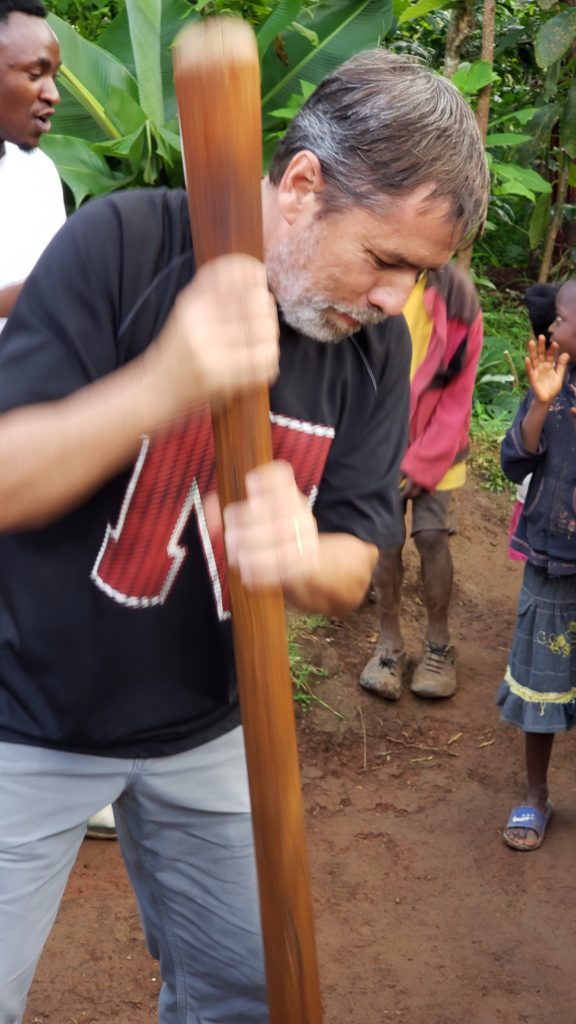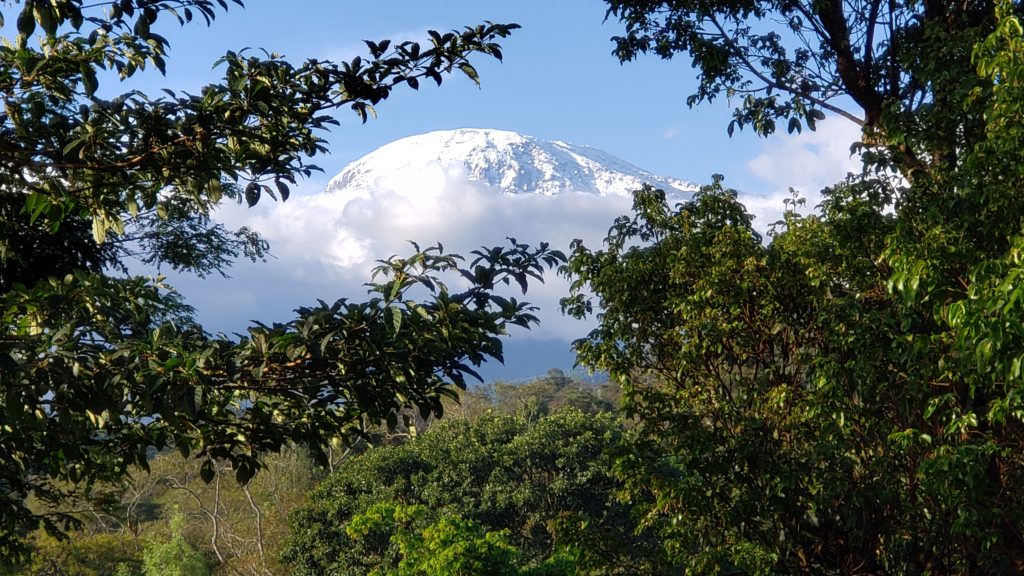
Many towns, small and large, in Tanzania have cultural tourism opportunities. You often show up at the village centre and you can be set up with a guide to take you through the market or to visit a natural area or to visit a home and have lunch. There are often signs in the village giving you a number to call (“kupiga simu” in KiSwahili which means to hit your phone (number)). This seems like a pretty cool thing all around: local people get to show off their culture and make some money, while tourists get a bit of a taste for how some people live in the country that they’re traveling in. The small village where we often go to the farmers’ market to buy vegetables, Tengeru, has their own programme.

A few weeks ago, Rich and I traveled to Moshi, which is the jumping off point for climbing Kili. I actually booked a room to stay in over AirBNB for $20. The next morning we drove up to Materuni Village. Most tourists, of course, are driven there by their safari company, but we got to go up in tvhe RAV4. Almost immediately, a guy riding on a pikipiki (motorcycle for transport, often has 2 passengers and “stuff” as well as the driver) stopped us to ask if we were going to the village and if he could be our guide. It was good that he “called” us since we a couple of different young men ran next to our car to see if they could be our guide. We said, no, we’d already arranged it with “Mercury.”
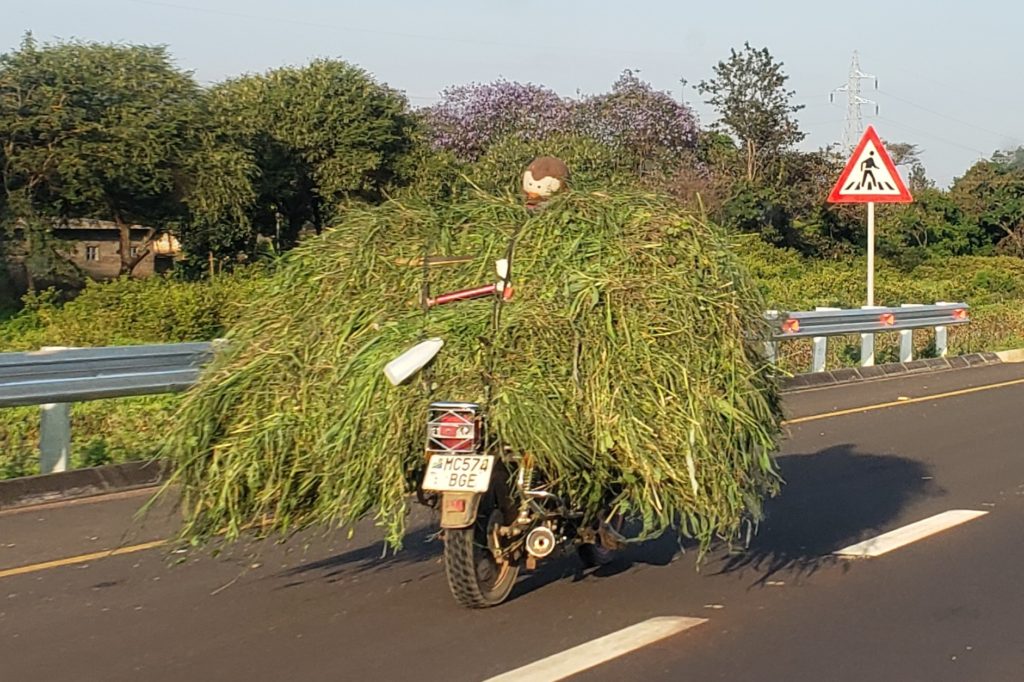
When we arrived at the village centre, Mercury showed up and we paid for a trip up to Materuni Waterfalls. Mercury was a great agricultural guide, pointing out lots of different crops and explaining how they’re grown. We saw a couple of different types of bananas – for eating or for making “wine” which we got to sample later on and then our guide even bought the two men in the group a bottle to bring home – elephant ear or taro, maize, and shade grown coffee, among others.
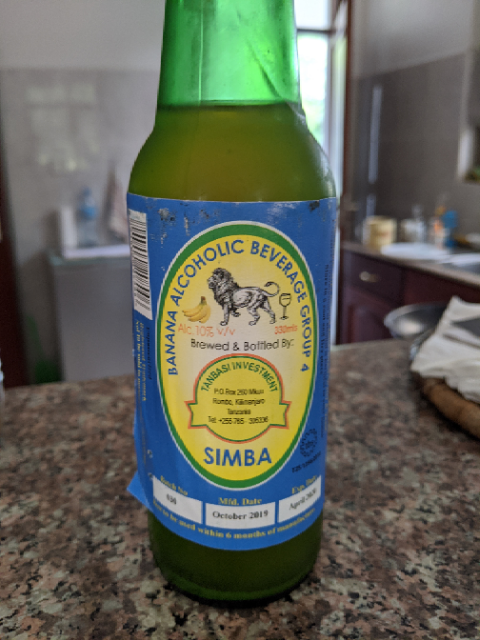
Some enterprising boys (too young to be guides yet) had caught a chameleon. I got to take it from Mercury and let it crawl up my arm, too.
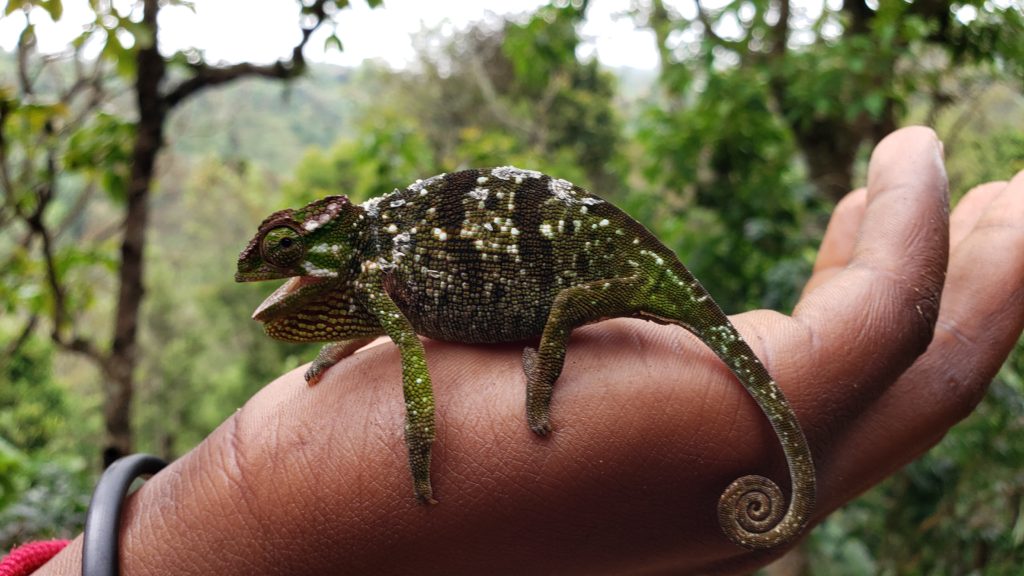
Materuni Falls is pretty spectacular, although it was so wet that we didn’t spend a great deal of time there.
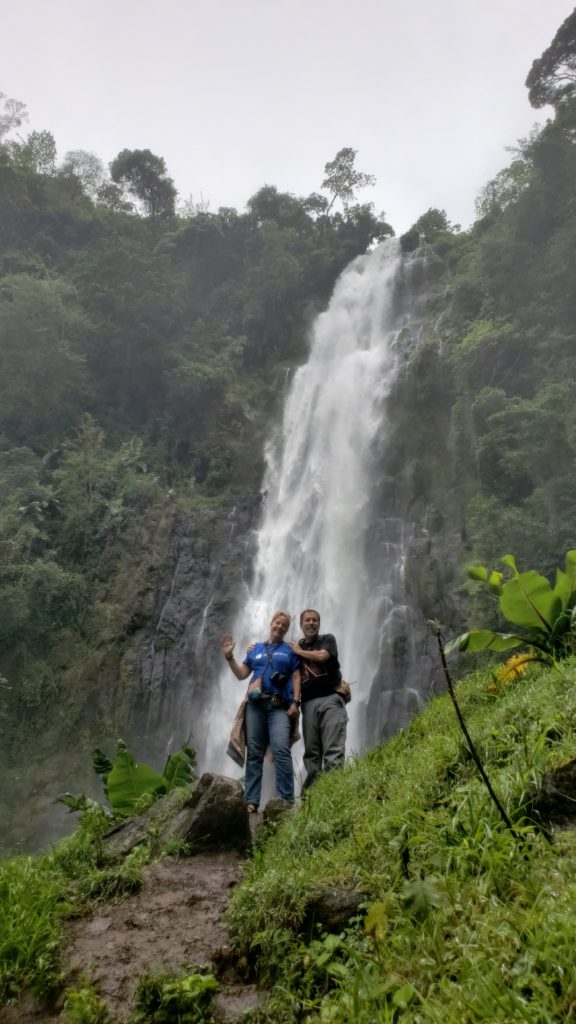
We had thought about just hiking to the falls and then leaving but decided to do the coffee tour as well. So glad we did since it was very fun and we learned some things. We also got to eat lunch with a spectacular view of the surrounding area.
Coffee has three coats that need to be removed or cracked. The first coat is the berry itself. Mercury explained to us that people used to remove the berries by hand until growers got ahold of small McKinnon mills. The company that introduced the mills required the growers to sell them all their production for five years. Now, though, the growers own the mills and much of the coffee is sold through a cooperative.
After the first removal, the beans have to be washed to remove the slimy material that remains. This is where we got to pick up the process.
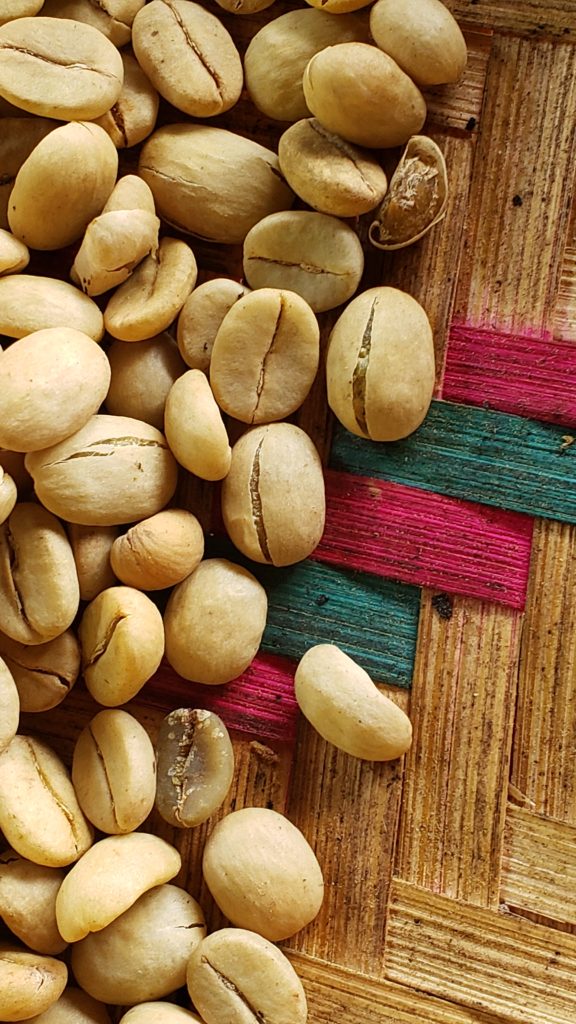
This second hard coat is removed by pounding the beans in a mortar with pestle. All of these processes are done with singing and chanting, and it was quite fun.
